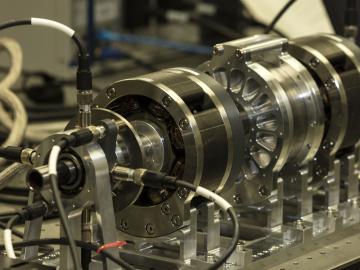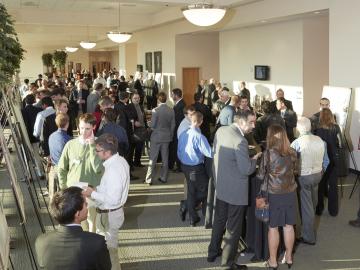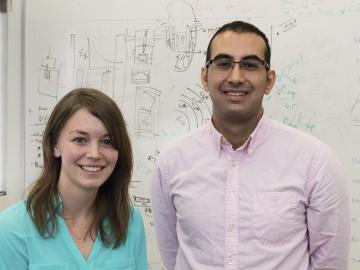Filter News
Area of Research
- (-) National Security (25)
- (-) Nuclear Science and Technology (7)
- Advanced Manufacturing (3)
- Biological Systems (1)
- Biology and Environment (52)
- Biology and Soft Matter (1)
- Building Technologies (2)
- Clean Energy (98)
- Climate and Environmental Systems (2)
- Computational Biology (1)
- Computer Science (1)
- Electricity and Smart Grid (1)
- Fossil Energy (1)
- Functional Materials for Energy (2)
- Fusion and Fission (15)
- Isotopes (3)
- Materials (85)
- Materials for Computing (6)
- Neutron Science (29)
- Renewable Energy (3)
- Supercomputing (61)
- Transportation Systems (1)
News Topics
- 3-D Printing/Advanced Manufacturing (1)
- Artificial Intelligence (3)
- Big Data (2)
- Bioenergy (2)
- Biology (4)
- Biomedical (2)
- Biotechnology (1)
- Buildings (1)
- Chemical Sciences (2)
- Climate Change (4)
- Computer Science (7)
- Coronavirus (1)
- Cybersecurity (5)
- Decarbonization (1)
- Energy Storage (1)
- Environment (1)
- Exascale Computing (1)
- Frontier (1)
- Grid (3)
- High-Performance Computing (1)
- Machine Learning (4)
- Materials (1)
- National Security (13)
- Neutron Science (2)
- Partnerships (1)
- Physics (1)
- Security (3)
- Simulation (1)
- Summit (1)
- Sustainable Energy (1)
Media Contacts

Unequal access to modern infrastructure is a feature of growing cities, according to a study published this week in the Proceedings of the National Academy of Sciences

ORNL scientists had a problem mapping the genomes of bacteria to better understand the origins of their physical traits and improve their function for bioenergy production.

Every day, hundreds of thousands of commuters across the country travel from houses, apartments and other residential spaces to commercial buildings — from offices and schools to gyms and grocery stores.

Three ORNL scientists have been elected fellows of the American Association for the Advancement of Science, or AAAS, the world’s largest general scientific society and publisher of the Science family of journals.

ORNL’s Budhendra “Budhu” Bhaduri has been elected a fellow of the American Association of Geographers. The honor recognizes Bhaduri as “a world leader in innovation, development and application of research in human dynamics, geographic data science, remote sensing and scalable geocomputation.”


When it comes to a challenging application for embedded instrumentation and control, none quite beats an environment of molten salt at 700 degrees Celsius. But that is just the application chosen by scientists at the US Department of Energy’s Oak Ridge National Laboratory...


Renewed interest in molten salt technology was evident at a recent gathering of advanced nuclear reactor experts at the US Department of Energy’s (DOE’s) Oak Ridge National Laboratory (ORNL). Nearly 200 attendees from national labs, industry, utilities, reactor design firms,...





